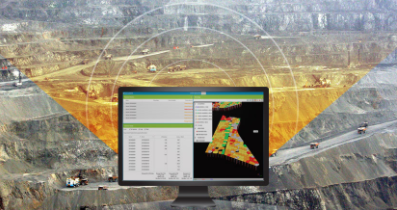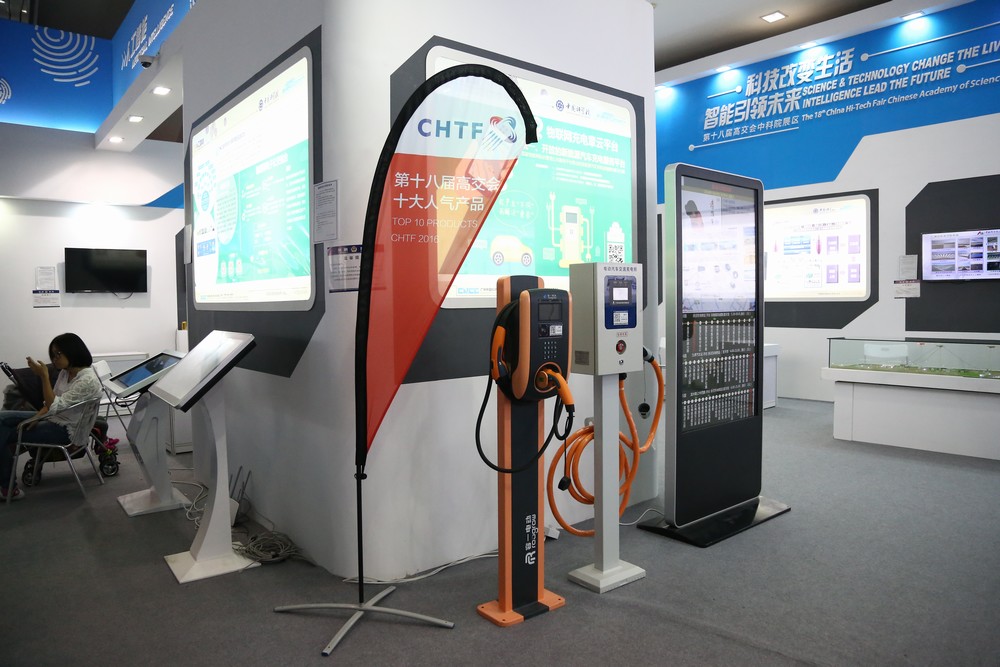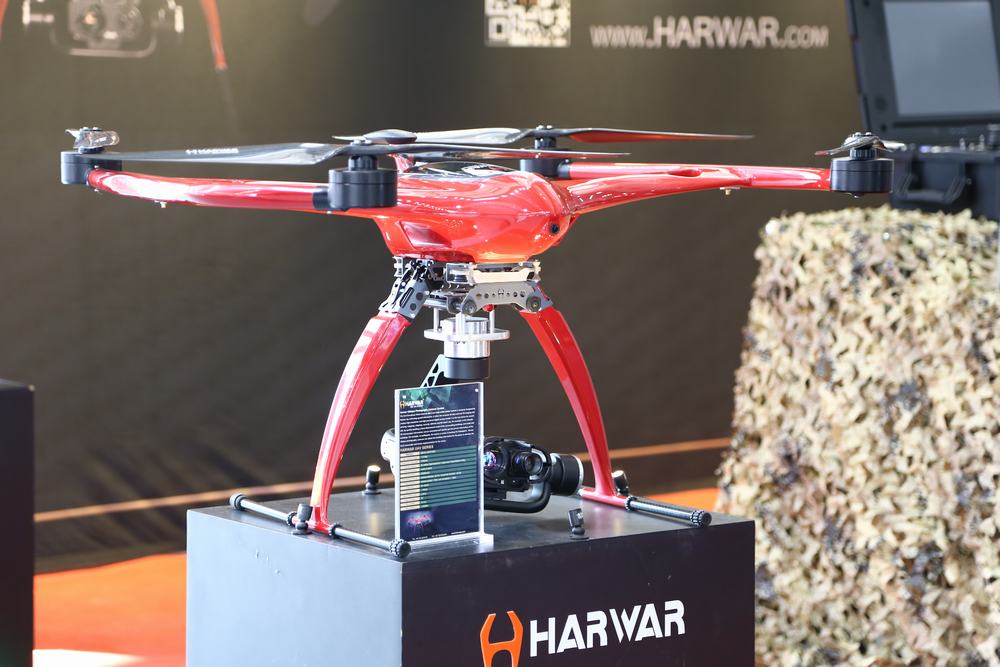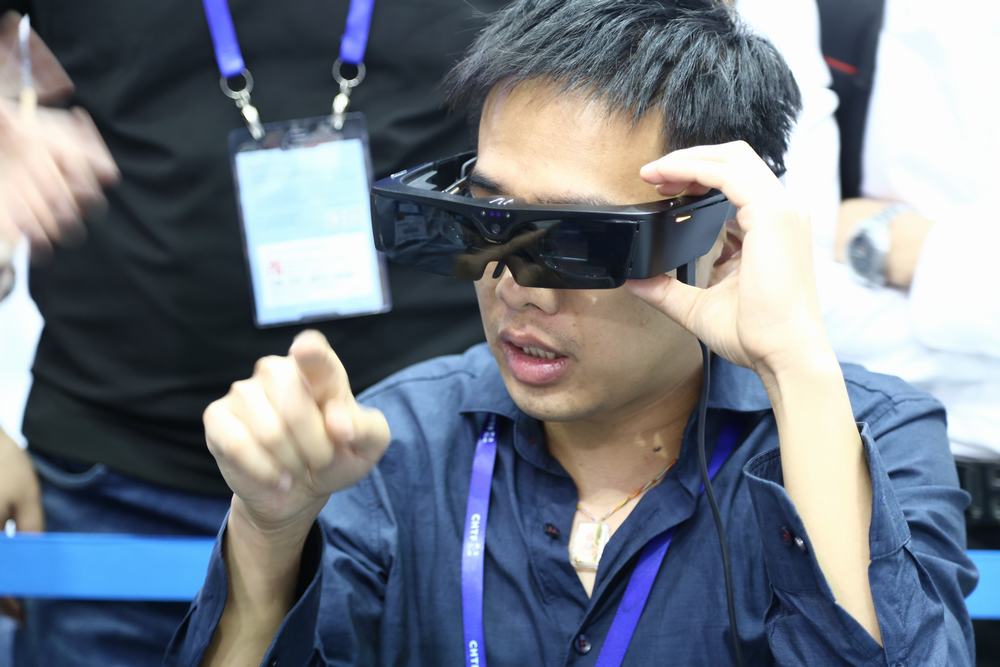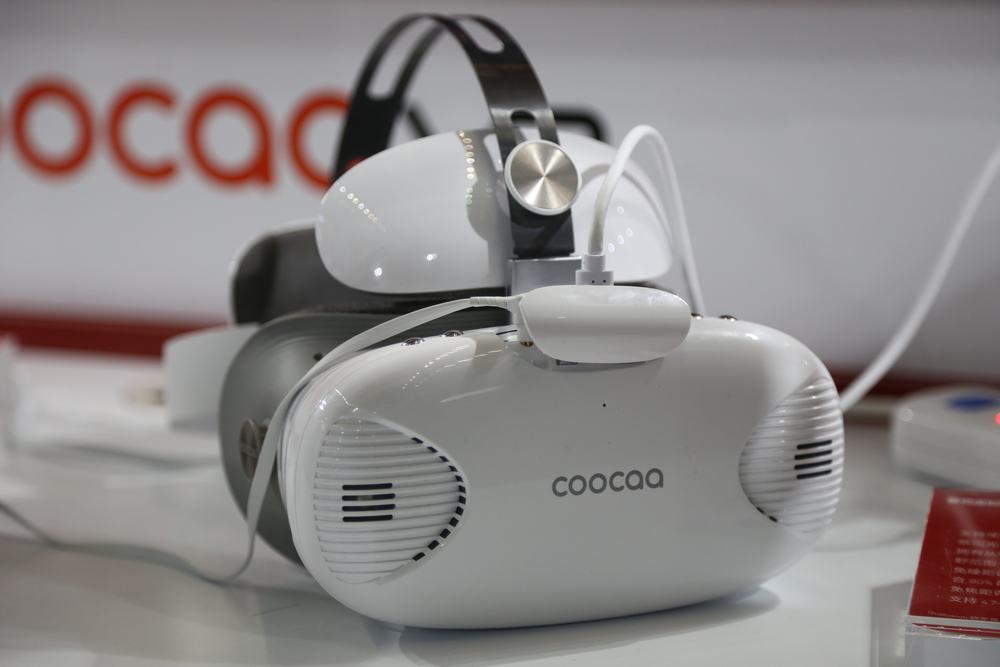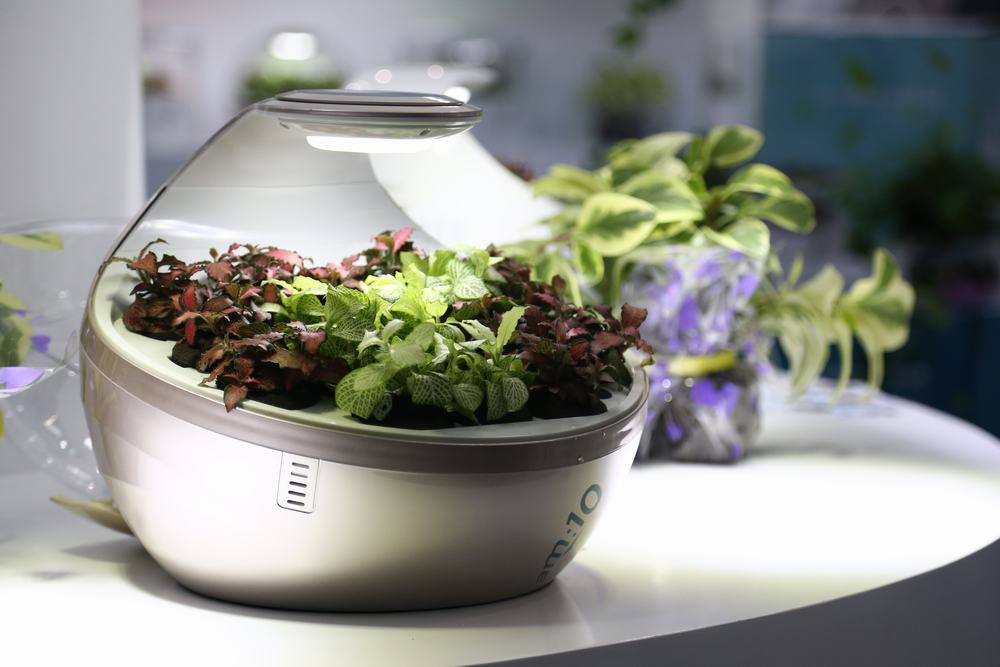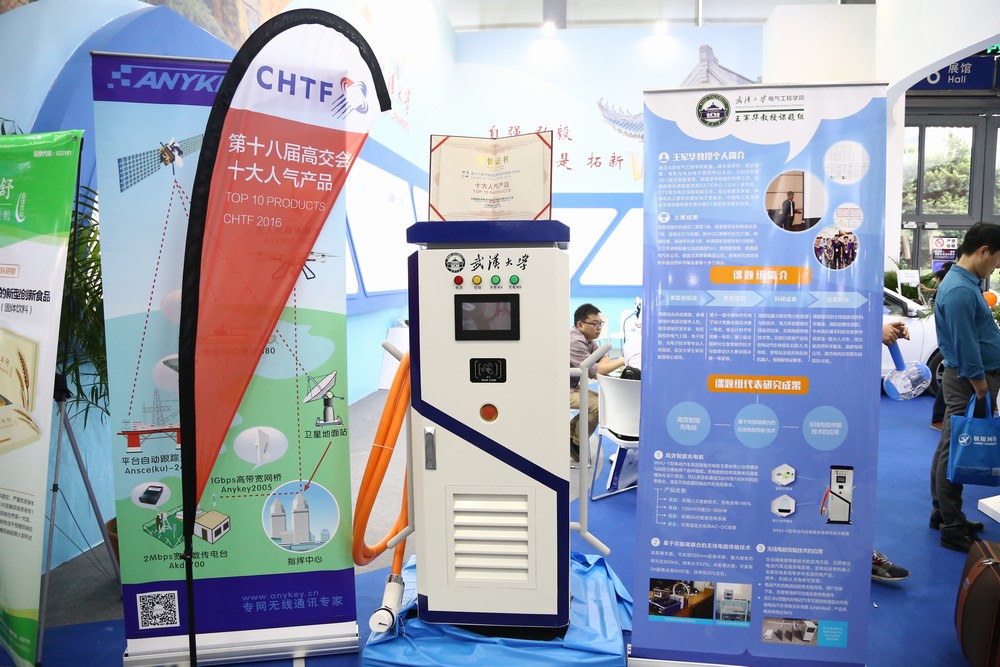Do you run a South Australian business that exports overseas? You could be eligible for a grant of up to $50,000.
Perhaps you are leading a Victorian business that is trialling a new technology project? There’s a grant for that too.
In August we brought you our list of the best federal government grants for your business and today we’ve rounded up some of the state and territory grants available to SMEs.
This is not a complete list of all the grants available in each state and territory but when it comes to business grants, knowing where to start looking can be half the battle.
With the states and territories increasingly focused on encouraging innovative enterprises, now is the time to find out if your business is eligible for a grant.
New South Wales
Minimum Viable Product program
How much? Up to $25,000
How does it work?
Now part of the NSW Government’s ‘Jobs for NSW’ program, the Minimum Viable Product program is aimed at technology startups that are in the process of testing their business model.
Businesses from all sectors are able to apply for the grants, however the business must be technology-driven. Grants of up to $25,000 are available to use towards up to 50% of the cost of an approved project.
To be eligible, the business must have an Australian Business Number (ABN) registered in NSW, own the relevant intellectual property or rights to commercialise the technology and have a relationship with either a potential customer or potential distributor.
Applications are currently open and more information is available here.
Building Partnerships Grants
How much? Up to $100,000
How it work?
The Building Partnerships Grants are also part of the ‘Jobs for NSW’ program, which replaced the Regional Industries Investment Fund, and are aimed at technology-based businesses.
Businesses can receive up to 35% of the costs of an approved project, capped at $100,000, to help them complete a pilot project with key customers or to fund new marketing partnerships either in Australia or overseas.
To be eligible, the business must have an ABN registered in NSW, own the relevant intellectual property or rights to commercialise the technology and have a relationship with either a potential customer or potential distributor.
Applications are currently open. More information is available here.
Tech Vouchers
How much? A matched voucher worth up to $15,000
How does it work?
The Tech Vouchers program is designed to encourage SMEs to work with universities and research organisations with technical expertise in particular areas.
Priority is given to companies that have not previously worked with universities or research organisations and the money can go towards funding a joint research project, gaining access to research facilities and equipment or technical expertise or trialing a production run.
To be eligible for the vouchers, companies must have fewer than 200 employees and turn over less than $30 million each year. The company must be incorporated in NSW and have been operating for at least one year.
Applications are currently open and more information is available here.
Bin Trim Rebates Program
How much? Between $1000 and $50,000
How does it work?
The Bin Trim Rebates Program is part of the NSW Environment Protection Agency’s ‘Waste Less, Recycle More’ initiative to encourage recycling in workplaces.
SMEs with up to 200 employees can apply for rebates of between $1000 and $50,000 to cover up to 50% of the cost of purchasing small-scale, onsite recycling equipment. The rebates are also available to businesses that manage business waste, including facility managers and recyclers.
Applications are currently open and more information is available from the NSW EPA website here.
Accelerating Growth Loans and Gazelle Loan Guarantees
How much? Not available
How does it work?
These two forthcoming schemes are aimed at ‘gazelles’: fast-growing SMEs that are recording strong revenue growth year-on-year.
The Accelerating Growth Loans scheme will provide direct finance to SMEs, while the Gazelle Loan Guarantees are intended to help SMEs obtain loan approvals to continue to grow.
Applications are expected to open soon and businesses can ask for more information via the Jobs for NSW website here.
Victoria
LaunchVic
How much? Unspecified
How does it work?
The Victorian Government has set aside $60 million over four years for LaunchVic, an independent body with the aim of strengthening Victoria’s entrepreneurial and startup sectors.
The first round of LaunchVic funding grants was announced in August, with 18 projects across the state sharing in a total of $6.5 million in funding. Individual grants ranged from $30,000 to $1.25 million.
Applications for the second round of funding will open in September and LaunchVic is looking for proposals that add value to Victoria’s acceleration, incubation and co-working capabilities; are “ambitious, creative and have a global orientation”; can strengthen the diversity and collaboration among the state’s entrepreneurs and startups; and which are financially viable.
More information is available here.
Grow Your Business program
How much? Between $4000 and $15,000
How does it work?
The Victorian Government’s Grow Your Business program provides a number of types of grants to Victorian SMEs, with the overarching aim of helping small and medium businesses become internationally competitive by contributing to the costs of mentoring and networking programs.
The Business Development Plan and Business Development Plan – Mentoring streams of the program provide grants for up to 50% of a project’s cost, capped at $7,500.
The Business Strategic Review stream provides up to 75% of a project’s cost, capped at $4000, and the Group and Network Programs stream provides a grant of up to 75% of a project’s costs, capped at $15,000.
Applications are currently open for the streams and information about the eligibility requirements for each is available here.
Victorian Government Technology Innovation Fund
How much? Between $50,000 and $350,000
How does it work?
The Victorian Government’s Innovation Fund is open to businesses working with the Victorian public sector and are designed to support the development and trialing of new technology that will help make government more efficient.
To be considered for a grant, businesses need to pitch a technology-based program that addresses a public sector need and has the support of the relevant government department or agency.
Projects funded usually run for between 6-24 months and the grants are typically between $50,000 and $400,000.
Applications are currently open and more information is available here.
Automotive Supply Chain Transition Program
How much? Up to $71,000
How does it work?
Designed to help support Victorian companies in the automotive supply chain, this program provides financial support for both companies undergoing transitions and companies that can assist those firms.
For companies undergoing a transition, the following grants are available:
- Up to $5000 of support to review an existing business transition plan
- Up to $16,000 of support to develop a business transition plan
- Up to $10,000 of support for merger advisory services
- Up to $55,000 in support for business transition services.
The same grants are available for specialist firms that can help these businesses through the transition. The Victorian Government plans to create a panel of these specialist businesses, which will be listed on the Business Victoria website.
Applications are currently open and more information is available here.
Local Industry Fund for Transition program
How much? A matched funding grant of up to $2 million
How does it work?
The Local Industry Fund for Transition is a program to support regions affected by the closure of large scale manufacturing in Victoria, including the north, west and south-east parts of Melbourne, and Geelong.
Businesses of all sizes can apply for grants of up to $2 million to cover up to 25% of eligible project expenditure to help fund projects that will create jobs in the specified regions.
To be eligible, businesses must have both an Australian Business Number and an Australian Company Number; the financial capacity to contribute $3 for every $1 of grant funding; and the ability to provide financial reports from the past three financial years to the government.
Applications are currently open and more information is available here.
Queensland
Ignite Ideas Fund
How much? Up to $250,000
How does it work?
The Ignite Ideas Fund is part of the Queensland Government’s Advance Queensland initiative to support businesses across the state.
Under this program, businesses can receive Tier 1 grants of up to $100,000 or Tier 2 Grants of up to $250,000 to go towards proving their business idea will work or identifying a market or investor for the product.
To be eligible, businesses must: have fewer than 200 employees; be incorporated in Queensland; be registered for GST; demonstrate the idea can achieve high growth and create jobs; have a minimum viable product; and show support for the project from customers, industry partners or investors.
Applications for the second round of funding under the program open on September 12. More information is available here.
Business Development Fund
How much? Between $125,000 and $2.5 million
How does it work?
Also part of the Advance Queensland initiative, the Business Development Fund is aimed at businesses that are in the process of commercialising research or an innovative product or service.
Businesses in need of seed, early stage or follow-on investment can receive between $125,000 and $2.5 million from the program if they can demonstrate the business will create new, skilled employment and is commercially viable.
Applications are currently open and more information is available here.
Knowledge Transfer Partnerships
How much? Up to $50,000 per project
How does it work?
Businesses that wish to hire a graduate to work on an innovative project can receive up to $50,000 per project under this government scheme.
The funding is intended to cover two-thirds of the project’s costs, with the business required to cover the remaining one-third.
To be eligible, businesses must have fewer than 200 full-time employees; have been operating for at least two years; have an ABN and be registered for GST; and be prepared to manage the project in collaboration with a university.
Applications for the fifth round of funding will close on October 7. More information is available here.
Australian Capital Territory
Innovation Connect
How much? Between $5000 to $30,000 in matched funding, depending on the project.
How does it work?
This grant program is designed to help Canberra businesses develop new and innovative products and services.
There is a particular focus on projects that will encourage investment or have the potential for commercialisation, and grants are offered in two categories.
In the Proof of Technology category, businesses can receive between $5000 and $30,000 in matched funding to prove their concept. In the Accelerating Innovation category, businesses can receive between $5000 and $10,000 to assist with the commercialisation of their project.
Applications for the Accelerating Innovation grants are open year-round, while the Proof of Technology grants are offered through separate funding round throughout the year. More information is available here.
Trade Connect program
How much? Up to $15,000 per financial year.
How does it work?
This grant is aimed at helping businesses in the ACT prepare for exporting opportunities through trade show participation, market research, mentoring and the development of advertising material.
In order to be eligible, businesses must have an annual turnover of less than $10 million; have developed products that are ready to be exported; and operate a main business location in the ACT.
Applications are currently open and more information can be found here.
Business Improvement Grant
How much? Up to $5000.
How does it work?
This grant is part of a pilot program by the ACT government to encourage SME growth and is designed to help businesses implement recommendations from an experienced business advisor.
In order to be eligible, businesses must have been trading for at least two years and have annual turnover between $500,000 and $1.5 million. All funds provided need to be matched dollar-for-dollar by the business.
Applications are currently open and more information can be found here.
South Australia
Start-up Business Grants
How much? Up to $20,000
How does it work?
The South Australian Government has created a Small Business Development Fund as part of its Northern Economic Plan to encourage business activity in the Playford, Port Adelaide Enfield and Salisbury council areas.
Entrepreneurs and new businesses can apply for grants of up to $20,000 under the Start-up Business Grants program.
Applications are currently open and are assessed every six to eight weeks. More information is available here.
Business Expansion Grants
How much? Between $10,000 and $100,000
How does it work?
This program also forms part of the Small Business Development Fund.
Established businesses in northern Adelaide can apply for grants worth between $10,000 and $100,000 to support activities that will grow their businesses. The Government has allocated $6 million for these grants.
Applications are currently open and more information is available here.
Export Partnership program
How much? Up to $50,000.
How does it work?
This program is about helping small and medium businesses tackle international markets.
The state government will match a successful applicant’s investment towards researching overseas markets and participating in trade missions. Businesses can also use the funds to adapt their website to for international markets or participate in export-related training.
Applications are currently open and more information can be found here.
Innovation Voucher program
How much? Up to $50,000.
How does it work?
This grant is designed to encourage collaboration between SMEs and research and development organisations.
The fund is part of the South Australian government’s plan to encourage greater innovation in the manufacturing sector and fuel job creation in other industries. The money goes towards technical research and prototype testing.
To be eligible, businesses must have annual turnover of less than $200 million. The recipient must also be willing to make a financial contribution to the project, which is determined by annual turnover.
Applications are ongoing and more information can be found here.
Tasmania
New Market Expansion Program
How much? Unspecified
How does it work?
Tasmanian SMEs can apply for financial assistance to help pay for marketing activities related to developing new national and international markets under this program.
The funds can be used to commission market research and business matching services; undertake promotional activities, including advertising; develop promotional materials; travel for marketing purposes, including to attend trade exhibitions; and for inbound buyers’ visits to Tasmania.
To be eligible, businesses must have annual turnover between $300,000 and $20 million. Industry associations and groups of companies that are working on new market or export marketing initiatives may also apply.
Applications will be open until April 30, 2017. More information is available here.
Advanced Manufacturing Marketing Expansion Program
How much? Up to $10,000
How does it work?
Similar to the New Market Expansion Program, this grants scheme is designed to help advanced manufacturing enterprises in Tasmania conduct market development activities to create new national and international markets.
The same criteria applies, with including the requirement that the company is turning over between $300,000 and $20 million.
More information about the grants is available here.
Northern Territory
Smarter Business Solutions
How much? Up to $20,000
How does it work?
Businesses based on the Northern Territory that have been trading for at least 12 months can apply for grants to help reduce their day-to-day energy, water and material costs.
Along with free advice and on-site consultations at their business premises, business owners can apply for a grant of up to $20,000 to install energy efficient saving initiatives; a grant of up to $10,000 to install a renewable energy system; or a grant of up to $300 to buy and install energy monitoring equipment.
To be eligible, businesses must be physically located in the NT, have fewer than 200 employees and have annual turnover between $75,000 and $20 million.
Businesses must also be willing to participate in a follow-up evaluation and must not have already received an equivalent grant under a previous government program.
Applications are now open and more information is available here.
Indigenous Business Development Program (IBDP)
How much? Up to $30,000
How does it work?
Indigenous people who are starting or expanding their business can apply for grants under the Indigenous Business Development Program.
To be eligible, applicants must live in the NT and their business must be more than 50% Indigenous owned and based and registered in the NT.
Applicants must also be able to show commitment from land councils, where appropriate, and will need to be able to either make financial contributions or show they are able to do so.
Applications are currently open and more information is available here.
Trade Support Scheme
How much? Up to $10,000
How does it work?
The Trade Support Scheme is designed to help NT businesses cover the costs associated with international marketing activities.
Businesses can apply for grants for a range of activities, and different funding caps apply to each activity. The activities included in the scheme are: airfares, marketing and promotion, website design, freight, trade exhibitions and conferences, accommodation, on-the-ground expenses, training, and participation in the Australian Tourism Exchange.
The funding is offered as a taxable cash reimbursement.
Applications are open year-round and more information is available here.
Western Australia
Regional Events Scheme
How much? Up to $50,000
How does it work?
Organisations that hold business conferences, exhibitions and trade shows, as well as festivals and entertainment events, may be eligible for funding under the Western Australian Government’s Regional Events Scheme.
The scheme is administered by Tourism WA and it aims to raise the profile of the state as a tourist destination.
Applications for funding for events that fall between July 2017 and June 2018 will open in October. More information is available here.
Commercial Development Grants Program
How much? Up to $25,000
How does it work?
The Commercial Development Grants Program is available for WA-based creative businesses to help them increase revenue, build audiences and client bases, access new markets or increase market share and build their profiles.
Businesses can apply under two categories – projects up to $15,000 and projects of more than $15,000 – and the maximum grant available is $25,000. The grant can be used to cover up to 80% of the expenditure for a project.
Applications for projects under $15,000 are open year-round, while applications for projects of more than $15,000 close on October 6.
More information is available here.


